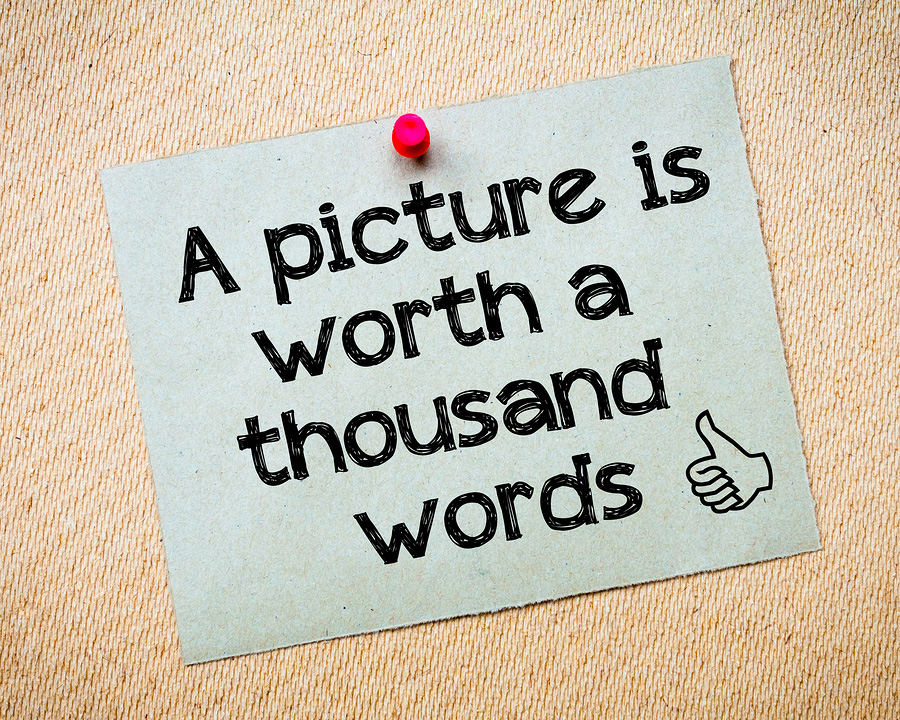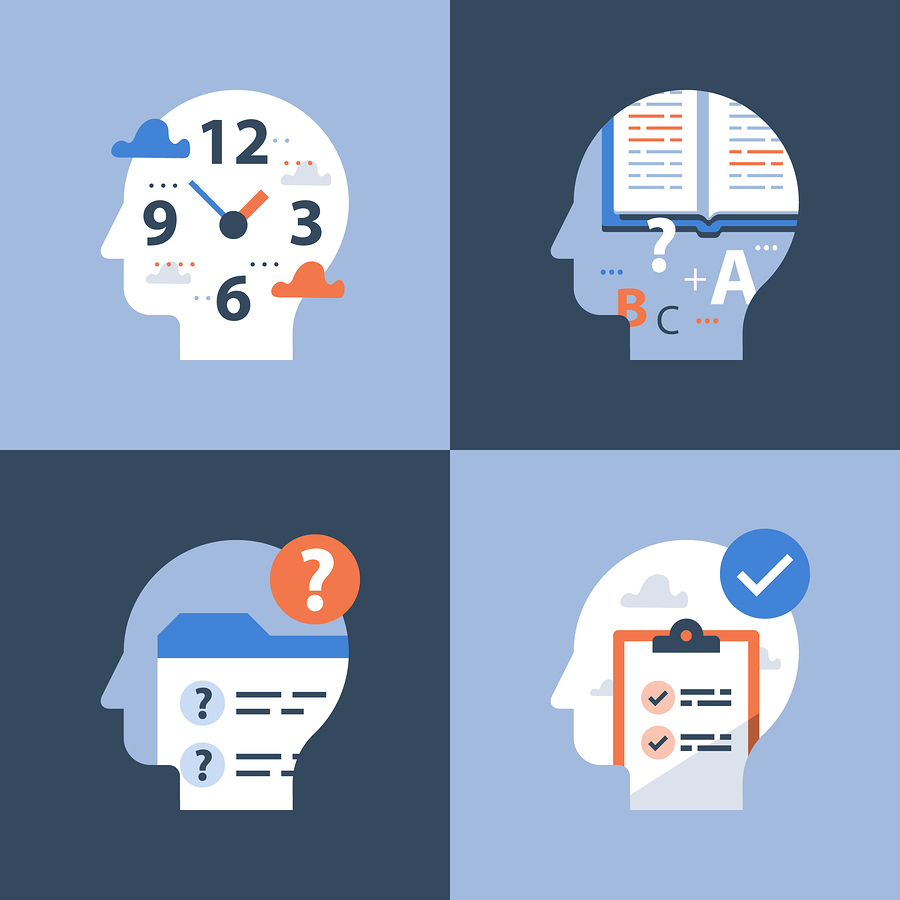
Visual aids are an excellent learning tool. The human brain processes images 60,000 times faster than it can process text and 90% of all information transmitted to the brain is visual. In other words your brain has a far better chance of learning and understanding something if there is a visual accompaniment rather than just a wall of text.
One of the ways in which subjects can be learned or better understood is by using a Mind Map™. In 1974, psychology author Tony Buzan pioneered the use of Mind Maps™, as part of the television show he hosted, Use Your Head. The idea was not a new one, but Buzan perfected the method, which can be used as a studying tool, as well to generate ideas, make decisions and solve problems.
What are Mind Maps™?
Put simply, a Mind Map™ is a visual way to represent different ideas. They tend to look like a tree or web, with a central idea or prompt, and with connected words, images and ideas radiating from this.
The beauty of a Mind Map™ is that it is structured in a very similar way to how your brain thinks, meaning that it is an effective tool to help grasp concepts and new ideas. A Mind Map™ is an activity that is both analytical and artistic. It engages both sides of the brain and thus holds attention in a far better way than text alone. By using colour and pictures and keeping the use of the written word to a minimum the brain can retain more information.
Elklan uses Mind Maps™ in its various training courses, to help staff share this useful tool with children and young people with learning and speech, language and communication needs. But this isn’t the only way in which visual supports are used.
What types of visual support are there?
There are plenty of tools that can be used as effective visual supports for when supporting children and young adults with speech, language and communication (SLCN) needs. Some examples of visual aids are:
- Colourful pictures
- Photographs
- Objects of reference and tactile items which relate to what is being taught
- Videos
- Symbols
- Cartoon pictures or simple line drawings
- Task plans
- Graphic organisers
How do visual supports help?
For all of us, with and without learning needs, visual supports are a great way to learn something new. If you consider how you would learn a new language, many textbooks and online learning resources will include pictures as well as written words and audio. It can be difficult to remember new words if we just hear or read them, but when they are accompanied by a picture of the object it suddenly becomes much easier to hold onto.
This is all to do with the way that the mind works. You are far more likely to remember the picture than the word, but once your brain has remembered the image the word will already be there, connected to it.
It is this same principle that Elklan uses when helping with communication and language needs.
Visuals help by:
Making information easier to understand
Looking at a visual stimulates the imagination and makes it easier to grasp more difficult concepts. Studies have found that looking at visual stimuli can help you understand more complex ideas than you would if you simply read them or listened to someone speak about them. Your brain can process much more of an image all at once and make sense of it faster than when listening to or reading words alone.
Making communication quicker and easier
As with the foreign language example earlier, visual images offer a fast way for people of all languages to communicate with each other. Think of the exit, first aid and bathroom symbols used across the world whichever country’s airport you are in! Visuals provide a universal language that we can all understand.
Stimulating emotions
Whilst descriptive writing can evoke feelings, emotions and visual information are both processed by the same part of the brain. It is this connection that creates memories. Thus, when we look at something visual, we are more likely to form strong feelings and therefore a lasting impression about it.
Making information seem more interesting
Applying images and videos to information helps engagement as well as memory. You can use these to build interest in the following ways:
- To break up text and simplify difficult concepts
- Explain an idea using images of the actual object
- Connect ideas familiar to the learner with new, unfamiliar ideas
- Use video to support text and aid notetaking
More information
Elklan courses are designed to stimulate learners of all ages and needs, and to help teachers to provide a communication-friendly environment for children and adults of all abilities. The use of visuals are universal in their appeal and success, meaning that they are a key element in any classroom or learning environment. Visuals also provide a way for children to communicate, whatever their needs are and help them to feel more relaxed and comfortable. In a relaxed environment, everyone is happier to learn, and thus easier to teach.
Elklan training courses are available for all ages, starting from very early years and into adulthood. There are courses specifically for those with special needs, and even for young people in the youth justice system. This is an invaluable form of training for any teacher or teaching assistant.
To see how Elklan can help you please give us a call on 01208 841450 or contact us.



